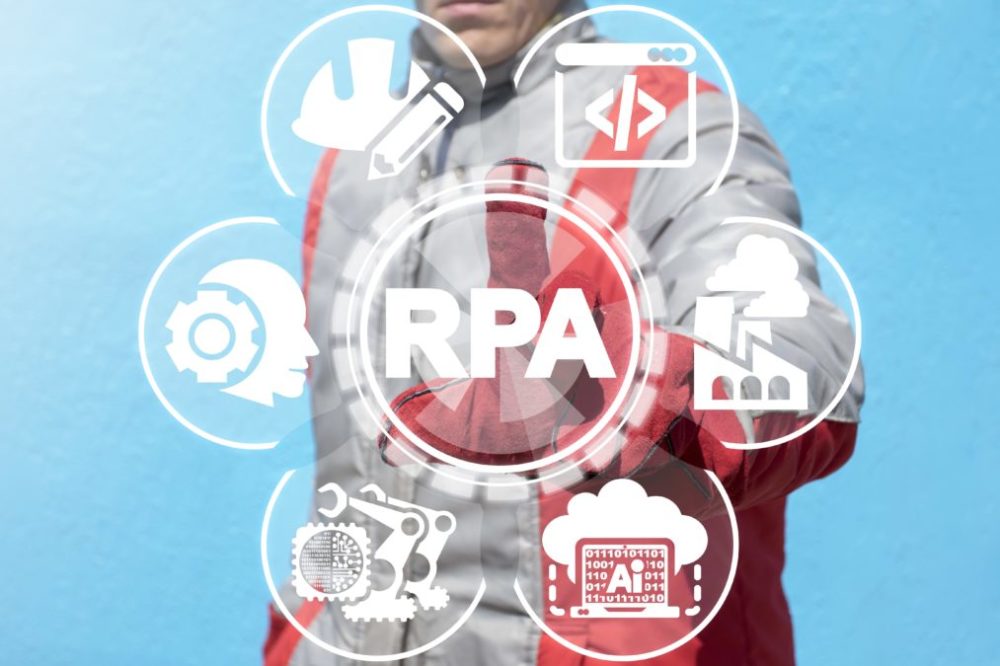A lot of organisations already know the benefits of robotic process automation (RPA), but find it hard to know how to get started when it comes to their own projects. Who should be involved? Should it be driven by the business or IT? Should we know what we want to automate before looking for help, or start with a blank sheet of paper?
Automation means different things to different organisations, and there is no set place or time to begin.
The most important aspect to consider on the journey to successful RPA implementation is the human element and understanding how the introduction of technology will affect the people within an organisation.
Recognising resistance
We often find ourselves implementing modern digital technologies in established legacy environments, and that means teaching new skills to established teams.
Some teams will be more resistant to change than others, particularly if the organisation is used to working in silos. But what we have found makes the difference between success and failure of an RPA project is the level of buy-in within those established teams prior to kick-off.
Intelligent automation to replace RPA, suggests AntWorks
What is required here is a cross-departmental stakeholder to help emphasise the business benefits of RPA; error reduction and 24/7 service chief amongst them. Of course, security tends to be perceived as a key issue in the deployment of robots too – the idea that the bots will somehow be beyond control. However, standard IT governance is almost always enough to ensure full compliance.
Most importantly in the pursuit of RPA happiness, businesses need to realise and communicate that RPA’s role is to automate tasks, not jobs.
Easy as 1,2,3
To overcome many of these hurdles and answer the important questions around RPA challenges, we recommend a three-stage programme.
Stage 1 Educate
We start with a proof of value or concept, to help organisations understand the power of RPA’s offering. They want to check that the technology works, that they can build the business case during this phase, as well as a delivery plan with the potential benefits and savings to be made.
It’s key to work with leadership teams to explain the real benefits they can expect to achieve and within what timescale. The message then needs to be taken to the organisation as a whole around what RPA is and how it can benefit everyone. Factor in front-line staff to explain how they can work with robotics to automate the mundane elements of their job and get back to focusing on the customer.
Burnett: Look beyond RPA hype
It’s also really important to involve supporting departments such as HR and IT security to ensure that there is collaboration right throughout the organisation. This lays foundations for the long-term success of RPA.
Stage 2 Evaluate
This is the exciting stage whereby you get a specific business case live by automating a certain number of processes. Although focused on the technology, as this phase becomes visible to the organisation, a robust communication and change management program should be run alongside to keep the relevant people on board and updated.
Working with a small team of 3-4 people it’s reasonable to expect that you can design, build, test and implement one process within 40 days. It’s important to map a process that is right for a Proof of Value, something that is large and complex enough that it can prove a return on investment within 40 days, but small enough that it is achievable and won’t need to tackle the challenges which come with scaling an RPA solution.
The end result of stage 2 should be a working, automated process as well as a clear plan for how to take RPA forward – and most importantly an educated workforce that have learnt how RPA works and what is involved. Key here is to prove benefits of delivery, test and be able to hand back robots to the business if self-sufficiency is the objective.
Stage 3 Facilitate
The third stage of overcoming RPA challenges is building an operational business plan which creates a pipeline of automation of which processes and resources are likely to be involved. At the end of the day, any organisation’s ideal goal should be to become a centre of excellence for automation. A centre of excellence is an organisational structure that can be provided in-house or by a 3rd party, and should include business process support, software technical support and/or infrastructure support for all automation activities. Think of this as RPA-as-a-service.
Scaling RPA: before automating processes, improve them
An additional point to make here is that from the outset of your journey towards automation, you need to think about how this structure will look post-project. Is it best to have your centre of excellence run in house or in conjunction with a third party? This is a big resourcing consideration which might change throughout the Proof of Value stage but should be front of mind.
If you follow these three steps to overcoming RPA challenges, you won’t go far wrong. But given the importance of the human factor, these three principles of RPA should reign supreme.
- Put people at the centre of automation;
- Remove the mundane to make way for the creative;
- Teach new skills to take advantage of new technologies.
Written by Ciara MacCooey, COO, human+







